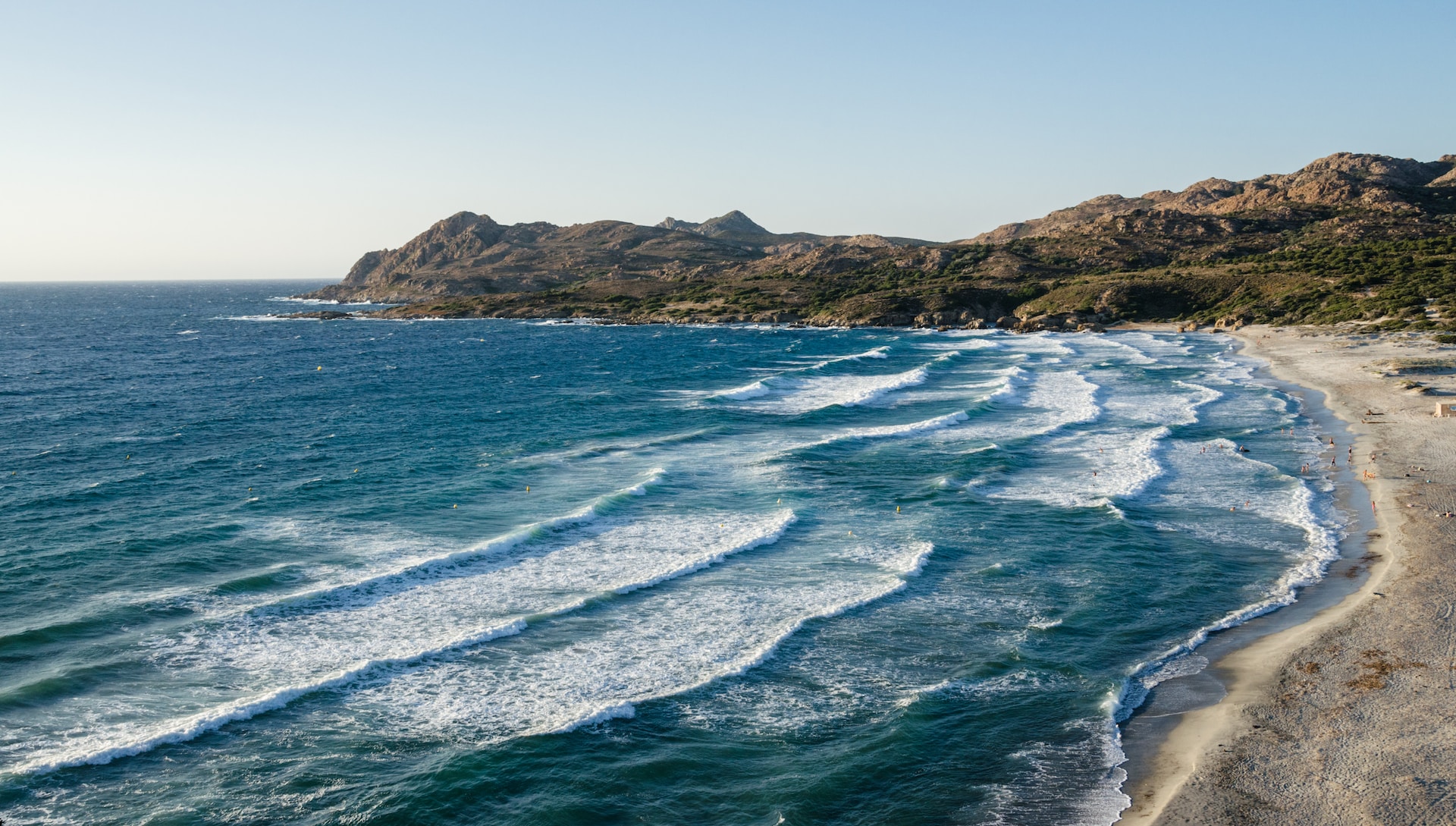Napoleon’s island is a combination of unique scents and views, exactly as the man who was one of history’s greatest generals was fond of repeating. Then as now, the smell of wild myrtle and rosemary intoxicates those who visit the island, which Greek settlers called Kallíste, the most beautiful.
Corsica is not just an island:it is a work of art!
Corsica astonishes with its environmental and landscape diversity, offered by an incredible mix of enchanting beaches, mountain ranges that reach all the way to the coast, lakes, towering peaks and breathtaking coves. Administratively, the island is divided into two departments:Upper Corsica and Southern Corsica, which are home to different populations, both in tradition and temperament. While the northern part of Corsica has been culturally influenced by Italy, most evident in the dialect, inland and southern Corsica have historically been shot through with independence sentiments. In recent decades, the hospitable streak of the Corsican people has made tourism the major source of livelihood, more than evident in the abundance of accommodation facilities scattered throughout the island. Searching for a campsite in Corsica on homair.com is super easy, given the variety on offer!
Camping in Corsica:useful tips
Corsica is the ideal destination for anyone who wants a vacation in touch with nature. On the island you can alternate between quiet days on paradisiacal beaches and trekking in dense forests or on ridges of extraordinary beauty. Yes, because in Corsica sea and mountains touch each other, offering a myriad of interesting alternatives. To experience the beauty offered by this corner of paradise, the best time to go is between early May (when the mountains are still laden with snow and offer an incredible contrast to the blue sea) and late September. As mentioned, campgrounds and RV and caravan sites abound throughout the island, and some of these offer attractive pluses, including direct beach access, swimming pools and water parks, outdoor activities, and a wide range of water sports.
What to see in Corsica:the beaches
Let’s begin our review of Corsica’s must-see places by starting with the sea. Those looking for beautiful and accessible beaches should consider heading to Portovecchio, located in the southeast of the island. Here, between Tamarriccio, Palombaggia and Santa Giulia, one is spoiled for choice. The historic center of Portovecchio, moreover, is full of restaurants and trendy clubs at which to spend pleasant evenings in the company of friends or one’s better half. A little further north, on the Côte des Nacres, lies Solenzara, a village with a truly picturesque marina. Here it will be possible to laze on the beaches of Canella and Scaffa Rossa, or organize a short excursion in the direction of the waterfalls of Purcaraccia and Polischellu or the needles of Bavella. On the west coast of the island figures an authentic masterpiece. We are talking about the Scandola Nature Reserve, which can only be reached by sea, so as not to bother the monk seals that inhabit the area.
An enchanting nature
Cap Corse is the long peninsula located on the northern end of Corsica. Here nature and villages alternate, which can be reached by following the long Customs Trail, capable of offering incredible views. The GR20 trail also touches on wonderful places, including the Bridal Veil Waterfall, the famous Cascades des Anglais, located near Col Vizzavona, and Lake Nino, which rises in the middle of the Camputile Plateau, at more than 1,700 meters above sea level. Also not to be missed is the Citadel of Corte, literally clinging to a rocky outcrop, elevated above the rest of the town. Those who come this far should also visit the Church of the Annunciation and the regional anthropological museum, which traces the entire history of the island.

